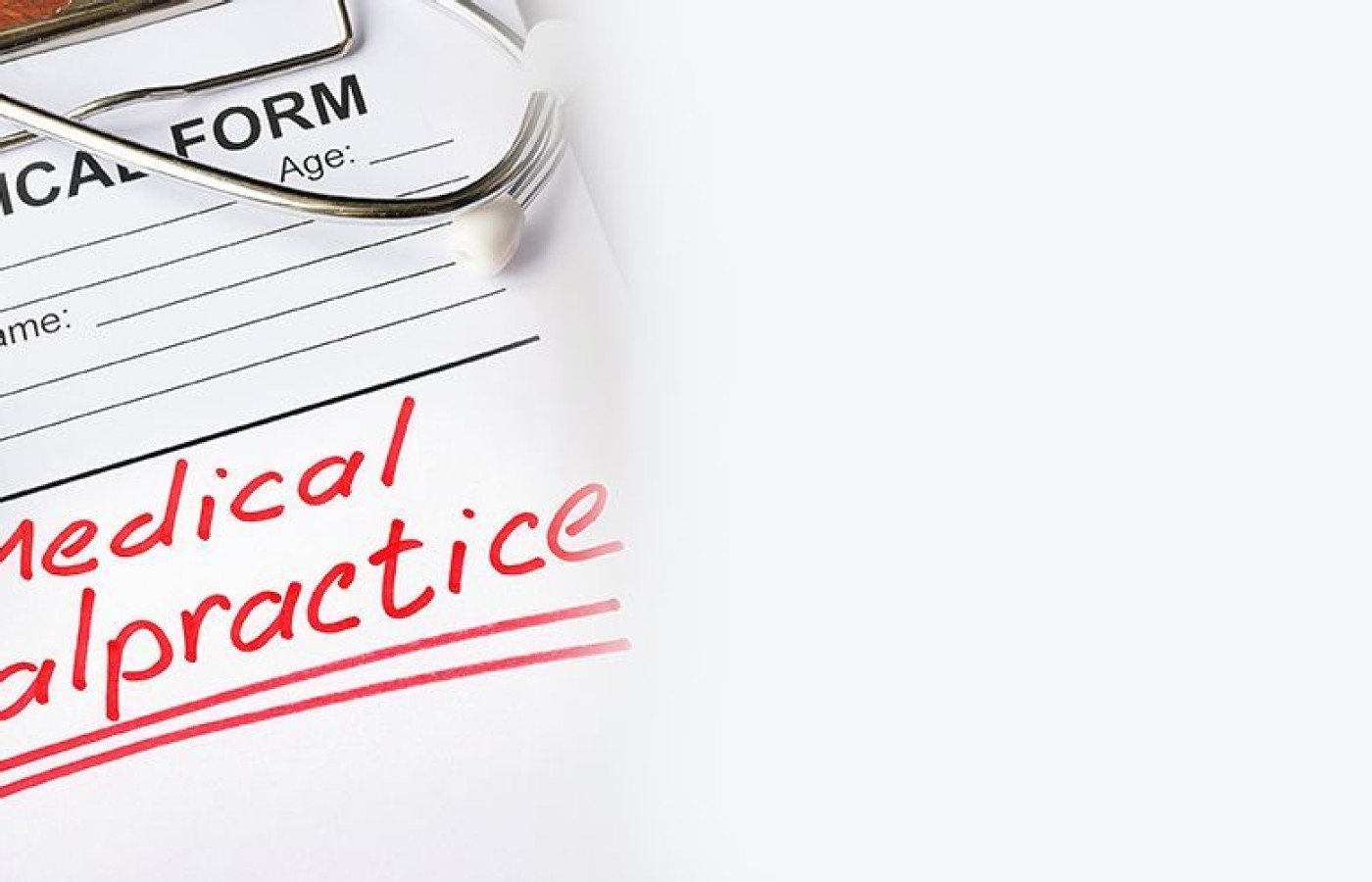One of the longest nerves in the body is known as the vagus nerve (VN). The VN is the 10th pair of cranial nerves that originates at the brain stem in the medulla oblongata. This nerve is part of the parasympathetic nervous system, which is a part of the ANS. Research suggests ear acupuncture can activate the VN.
Malpractice Insurance: Understanding the Cover Letter
Purchasing medical liability insurance is quick, easy and not terribly expensive. The benefits are clearly listed on a certificate—but do you really know what you are getting with that peace of mind?
First, what is medical malpractice? Medical malpractice is within the broad scope of "tort law," where one person does something to another person. Medical malpractice (medical negligence) is a failure to care for someone in accordance with the accepted standards of the medical profession, which then results in injury or illness. This also includes worsening of a condition, or illness as a result.
Examples include:
- Improper treatment
- Prescription errors
- Misdiagnosis or failure to diagnose
- Failure to monitor
- Surgical errors
- Failure to inform, or risk of a specific procedure
What is medical liability insurance? Medical liability insurance is a type of Errors and Omissions insurance (E&O insurance). It covers a group or individuals for incidents, such as bad outcomes regarding services that were provided (error) or failed to provide (omission).
The Policies: Occurrence vs. Claims-made

There are two types of medical liability policies available: occurrence and claims-made. These policies may appear similar by their monetary coverage limits, but they are very different policies. Here are the legal definitions:
- Occurrence: A cause of an injury, damage or destruction of property that belongs to a third party. Insurance policies state that the losses from a general cause are classified as being under one occurrence. The limit on the number of occurrences is stated in the policy. They differ from accidental losses in the sense that a continual exposure to the source of harm is the cause for losses.1
- Claim: 1) A legal assertion; a legal demand; taken by a person wanting compensation, payment, or reimbursement for a loss under a contract, or an injury due to negligence. 2) Amount a claimant demands.2
Coverage Limits
The more coverage the better is true of both occurrence and claims-made policies. One-million-dollar coverage is better than $500,000. On the certificate there are two dollar values regarding liability, such as $1 million/$3 million, single/aggregate. This means the insurance company will pay a maximum of $1 million per incident, up to three incidents. If one wants additional liability insurance coverage (over what is typically offered) then one may request that the coverage limits are adjusted accordingly. However, this will likely increase the cost of the policy.
Renewal vs. Extension
Occurrence policies are renewed each year. Thus, over 10 years one essentially has 10 independent policies. The coverage accumulates—after 10 years a $1 million/$3 million policy has accumulated $10 million/$30 million, single/aggregate, of coverage.
Claims-made policies are extended each year a person keeps the same policy. Thus, after 10 years the coverage remains at $1 million/$3 million, single/aggregate. This also means that in the event a $1 million award is granted then the aggregate coverage remaining is reduced to $2 million.
Incident Report Time & Cancellation
The reporting of an incident and generation of a claim may occur several years after the incident happened, depending on state law.
Occurrence policy: the incident must take place when the policy is active, but reporting it may occur when the policy is active, or after it has been canceled.
Claims-made policy: the incident, reporting of the incident and generation of the claim must all take place while the policy is active. All protection is terminated when the policy is canceled. However, one may purchase an Extended Reporting Period (ERP) policy to protect from incidents reported, and subsequent claims after cancellation.
Other Coverage
The ERP is liability protection insurance that covers the duration of the terminated claims-made policy. When purchased from the insurer that offered the claims-made policy, an ERP policy is also called a "tail" policy. This is because a claim may follow after termination of the claims-made policy like a tail. The coverage limits are the same as claims-made policy and may cost from up to several times the cost of the original claims-made policy to zero (when the policy matures) depending on how long the policy was in effect. When an ERP policy is purchased from a new insurer it is also called a "nose" policy.
Umbrella insurance is offered by other insurance carriers, which offers additional coverage to insurance policies (not just medical liability). This is a type of secondary insurance. If a financial award is granted that is greater than the amount covered in the liability policy then the umbrella insurance is used towards the difference. The insurance liability carrier may include or offer other types of insurance protection with the medical liability policy as well, such as premises protection or product liability.
There is one final point to add regarding personal liability protection. Business entities such as corporations or PLLCs (Professional Limited Liability Companies) do not protect one’s actions even on behalf of the business entity. The general purpose of these business structures is to protect investors; to limit their liability to the money they have invested. We hope to never need to use our medical liability insurance, but now when we receive our annual cover letter we can have peace of mind not just knowing that we have it—but knowing what it means.
Resources
- The Law Dictionary, Featuring Black’s Law Dictionary Free Online Legal Dictionary 2nd ed; Sept 2018.
- Occurrence vs. Claims-Made Coverage. South Carolina JUA, Sept 2018 (http://www.scjua.com/coverage-we-provide/occurrence-policy/).
- Kennerly MS. "Can I Set Up an LLC to Avoid Personal Liability in a Lawsuit?" Litigation & Trial: The Law Blog of Plaintiff’s Attorney Max Kennerly, 26 May 2009.



